Ford Unveils “Simulated Manual Transmission” Patent to Reignite Driving Pleasure in Electric Vehicle
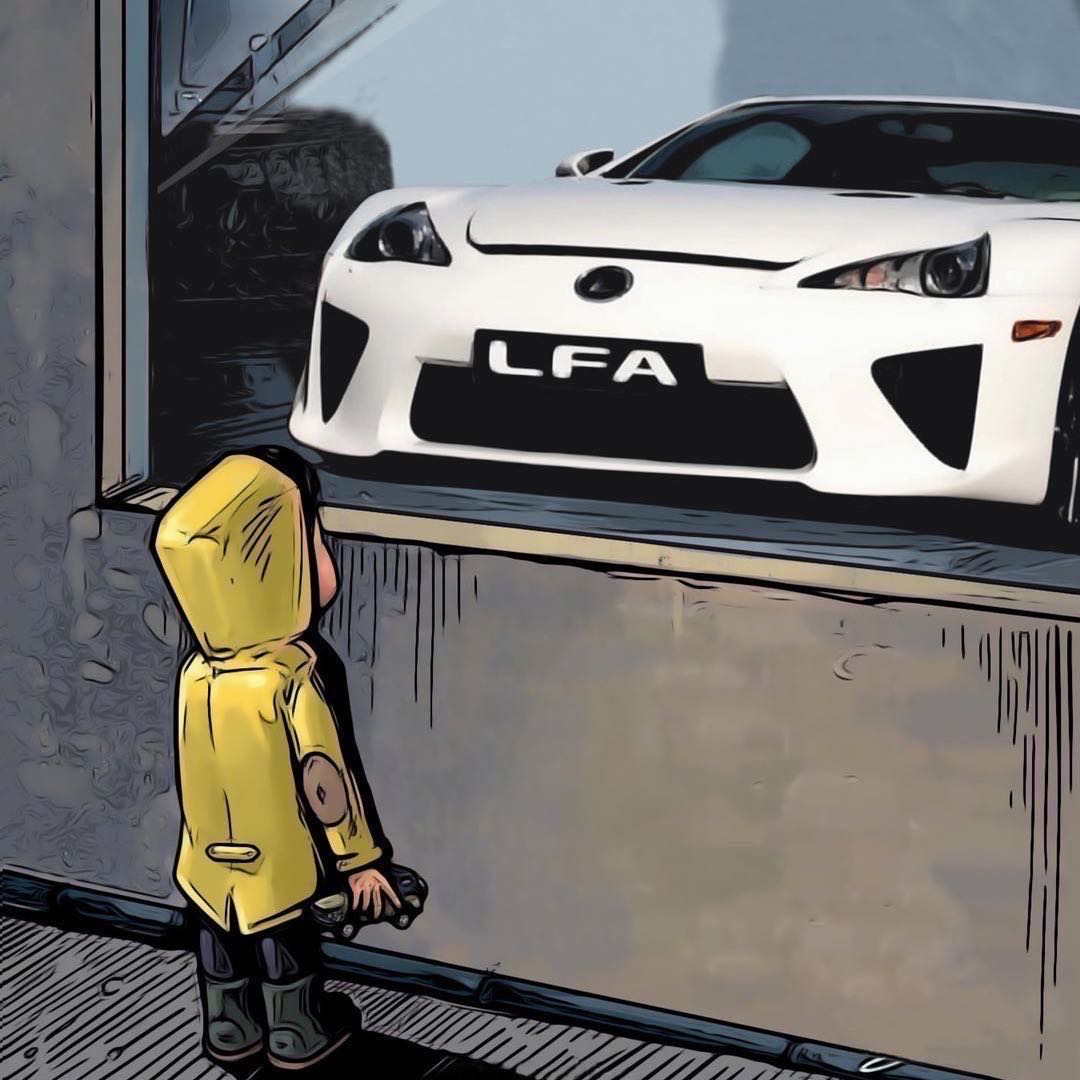 LienApr 02, 2025, 10:32 AM
LienApr 02, 2025, 10:32 AM
【PCAuto】As electric vehicles (EVs) steadily gain mainstream acceptance, the unique driving pleasure of traditional gasoline cars has become a focal point for technological innovation among automakers. Ford has recently revealed a “simulated manual transmission” patent aimed at recreating the manual shifting experience of gasoline vehicles through electronic technology.
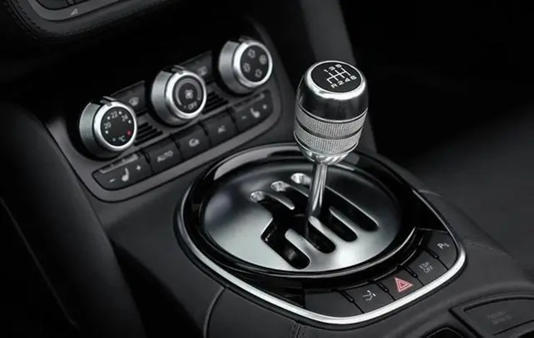
Ford's patent design revolves around hardware simulation and electronic feedback. Its core components include actuators, a vertical drive rod, a linkage rod, and a motor, which collectively replicate the physical operation logic of a traditional manual transmission through a mechanical structure. When the gear shift lever activates the actuators at different positions, electronic signals are transmitted to the power controller, dynamically adjusting the motor power output to simulate the power interruption and torque changes experienced during a gear shift in a gasoline vehicle.
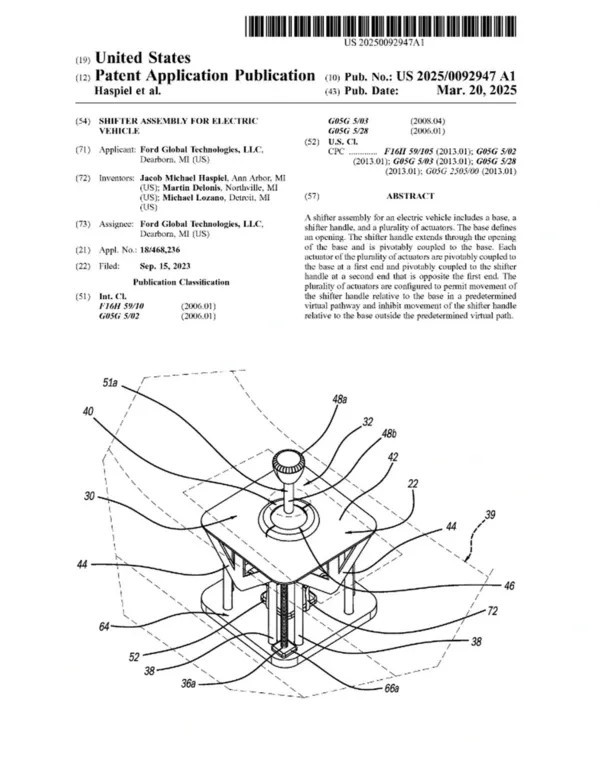
To enhance the immersive experience, the system is equipped with a force feedback module that uses a mini motor to mimic the vibration frequency of a V8 engine, creating a “retarding force” akin to the feel of a mechanical transmission during shifting. When users select the automatic mode, the shifting device can retract completely into the floor, maintaining a minimalist interior space. This “concealable” design balances practicality with a sense of occasion, catering to the operational needs of manual transmission enthusiasts while avoiding the spatial encumbrance of a traditional gear lever.
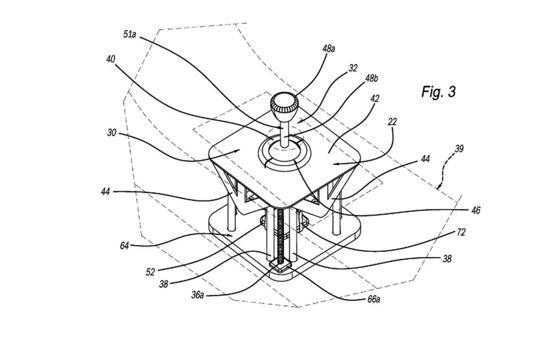
Ford's targeted user base clearly directs manual transmission enthusiasts. This group demands high levels of driving interactivity, and the linear acceleration characteristics of electric vehicles with single-speed transmissions are often perceived as lacking "soul." By replicating the mechanical feel and power changes of gear shifting, Ford aims to alleviate the psychological gap some users may feel when transitioning to EVs, thus expanding market penetration for electric models.

Competitor strategies shows that several automakers are exploring similar avenues. The Hyundai IONIQ 5N features simulated paddle shifters that provide a shifting rhythm akin to a dual-clutch transmission; Toyota is testing gear levers with virtual clutches in the Lexus RZ prototype to more closely mimic real manual operation; while the Porsche Taycan and Audi e-tron GT enhance power response through dual-speed transmissions. Ford differentiates itself by deeply integrating mechanical gear shifts with electronic simulation, with its retro design and force feedback system potentially becoming unique selling points for high-performance electric models, such as the all-electric Mustang or an electric "hot hatch."
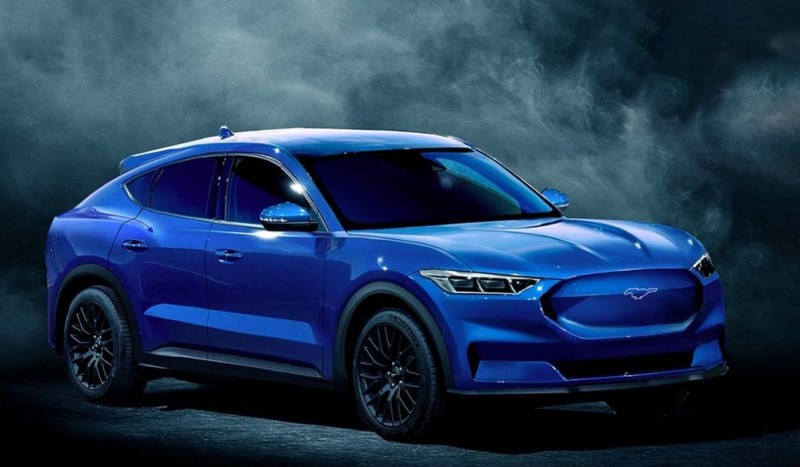
Despite submitting the patent over 18 months ago, Ford has yet to announce any concrete plans for mass production. Technical challenges primarily stem from balancing cost control with user experience: the hardware complexity of the simulation system may lead to increased manufacturing costs, while some consumers question whether such designs represent an "imagine demand"—since the lack of shifting in electric vehicles is inherently part of their efficiency advantage, adding shifting steps could potentially degrade acceleration performance. Moreover, global sales of manual transmission vehicles continue to decline, making it crucial to accurately position the user group in this niche market for successful commercialization.
Ford’s endeavor reveals the deeper contradictions inherent in the automotive industry during this transformational period: how to preserve the driving culture of the mechanical age amidst the shift to electrification. This patent is not merely a technical solution but also a strategy for emotional connection. By transplanting the ritualistic aspects of traditional driving into electric vehicles, automakers seek to forge new user identities and alleviate the consumer anxieties stemming from technological change.
Looking ahead, as software-defined vehicle technologies evolve, simulated manual transmissions could become customizable features. For instance, users might adjust shift resistance, vibration frequency, or even simulate the characteristics of different eras of transmissions, shifting the driving experience from mere functionality to emotional resonance. This kind of innovation could give rise to new dimensions of market competition, pushing electric vehicles to evolve from mere modes of transport into engaging driving machines.
If any infringement occurs, please contact us for deletion
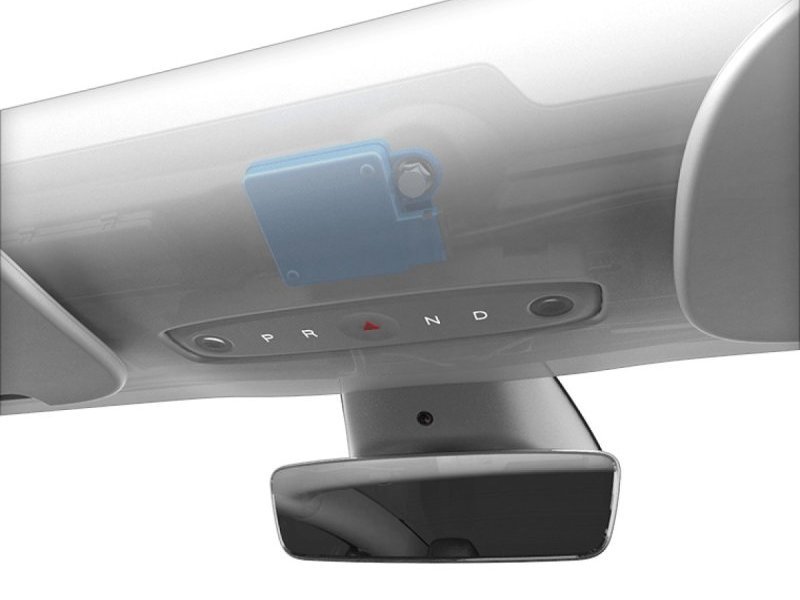
Tesla pushes 2025.2.6 update in North America, activating the hidden millimeter-wave radar in Model Y
[PCauto] In February 2025, Tesla rolled out the 2025.2.6 software update for 2022 and subsequent Model Y models in North America.The highlight of this update is the activation of the hidden millimeter-wave radar hardware in the Model Y cockpit. This AWR6843 chip supplied by Texas Instruments, has three transmitting antennas and four receiving antennas, operating on a frequency band between 60-64 GHz, with a horizontal field of view of 120 degrees and a vertical field of view of 60 degrees.Once a
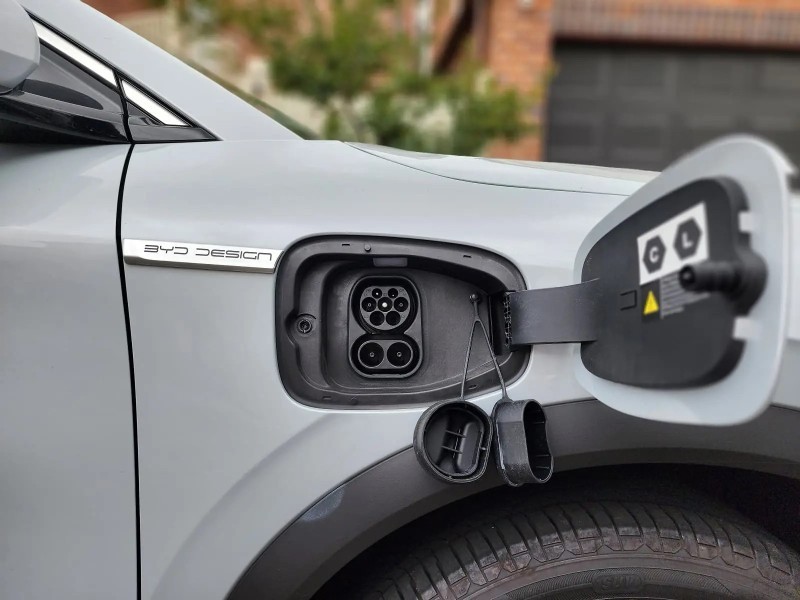
BYD Plans to Promote 1000V High Voltage Super Charging Stations and Its Models on a Large Scale
【PCauto】Recently, the news that BYD plans to massively implement a 1000V high-voltage supercharging platform has attracted widespread attention. It is reported that this platform will be launched in the middle of March this year and supports super-fast charging above 5C. After its release, it will quickly be popularized to its own models and large-scale construction of 1000V supercharging stations.This move will undoubtedly set off a wave in the new energy vehicle market. Let's delve into the te
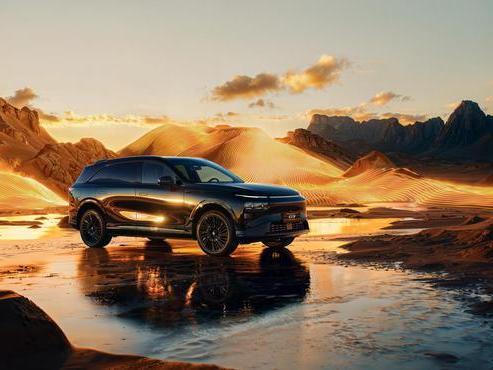
XPENG G9 is about to be launched in China, bringing 66 upgrades in features
【PCauto】XPENG has recently announced that the 2025 XPENG G9 will soon be launched in China. Although the official did not announce the time and price, the success of XPENG G6 and X9 has rekindled expectations for the once-failed G9 by XPENG. In terms of appearance, the G9 continues the X-BOT FACE 3.0 design language, with a closed grill at the front paired with split-style headlights on both sides, new two-tone collision colors and all-black body styles, with a petal-style wheel hub. Combining

Hyundai is to launch an all-solid-state EV battery production line, but who's leading?
【PCauto】News reveals that Hyundai will launch an all-solid-state EV battery production line next month, with a ceremony to be held at the next-generation battery research center in Uiwang, South Korea.This production line will serve as a pilot production for the all-solid-state 'Dream' EV battery. In 2023, Hyundai proposed plans to become a leader in the electric vehicle battery field, investing over $9 billion in the battery sector within 10 years, including Lithium Iron Phosphate (LFP) and Lit
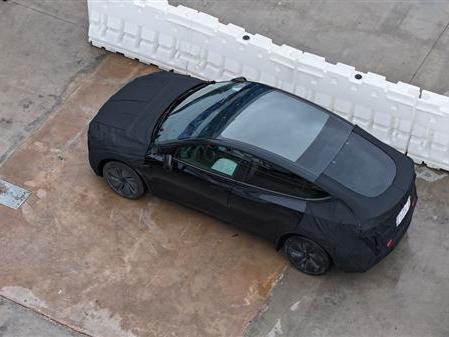
Tesla's Texas factory was caught testing vehicles, suspected to be Model Q
【PCauto】Recently, a blogger captured a disguised Tesla test vehicle while filming a drone over Tesla's Texas super factory. This discovery has sparked widespread speculation, as the new Model Y has been openly pre-ordered and there is no need to disguise, so it is speculated that this car may be the cheapest model Model 2 or Model Q (internal code name Project Redwood) that Tesla plans to launch.Speaking of this mysterious Model Q, Musk has already revealed that it will be a "smaller" version of
Popular Cars
Car Compare

